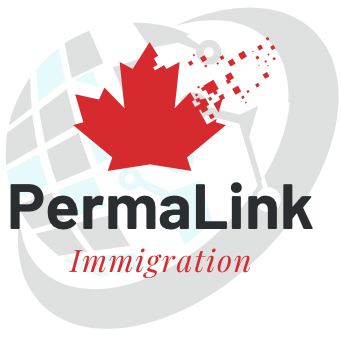Home / Immigrate

Immigrate to Canada
Canada offers one of the world’s most open and dynamic immigration systems. From 2022 to 2024, Canada will welcome over 1.3 million new immigrants. There are over 100 different Canadian immigration pathways for skilled workers, business people, and families, but the M&S team is committed to keeping things simple.
The proper way to immigrate to Canada will depend on your own unique profile or connections to the country. With Canadian immigration targets higher than ever, now is the time to start your immigration journey.
There is no one simple way to immigrate to Canada. While some programs may be easier for you to apply to, the process is long and involves many steps.
While immigrating to Canada does require a significant financial and emotional investment, the end result is worth it. Whether it’s to pursue a high-quality education, to feel secure with free universal healthcare, or to benefit from Canada’s high quality of life, Canada’s got it all.
As a skilled worker, there are a few most popular ways for overseas applicants to immigrate to Canada in 2023:

1.
Federal Express Entry
Express Entry is Canada’s fastest and most popular immigration program. Candidates that apply through the Express Entry system can receive permanent residence status as soon as six months.
By 2025, Canada plans to invite half a million newcomers. Of which a large percentage will come through one of the three streams of Express Entry:
- Federal Skilled Workers (FSW)
- Federal Skilled Trades (FST)
- Canadian Experience Class (CEC)
2.
Provincial Nominee Programs
Through the Provincial Nominee Programs (PNP), Canada’s provinces and territories can nominate people who wish to immigrate to Canada and reside in a particular province. Canada seeks to welcome over 100,000 immigrants per year under the PNP.
There are countless nominee programs offered by Canada’s ten provinces and three territories. Each PNP has its ownunique eligibility criteria. Many PNPs require a connection to the province to apply for nomination. However, there are some programs that invite overseas candidates solely based on their ability to respond to the province’s labour market needs.
Each PNP has its own application processing time. After receiving a nomination, PNP candidates must apply to the federal government for Canadian permanent residence. The time it takes to process the permanent residence application will depend on whether the PNP operates using the Express Entry system.


2.
Provincial Nominee Programs
Through the Provincial Nominee Programs (PNP), Canada’s provinces and territories can nominate people who wish to immigrate to Canada and reside in a particular province. Canada seeks to welcome over 100,000 immigrants per year under the PNP.
There are countless nominee programs offered by Canada’s ten provinces and three territories. Each PNP has its ownunique eligibility criteria. Many PNPs require a connection to the province to apply for nomination. However, there are some programs that invite overseas candidates solely based on their ability to respond to the province’s labour market needs.
Each PNP has its own application processing time. After receiving a nomination, PNP candidates must apply to the federal government for Canadian permanent residence. The time it takes to process the permanent residence application will depend on whether the PNP operates using the Express Entry system.

3.
Caregiver program
The Caregiver program is for individuals who want to immigrate and work in Canada as Caregivers. A new caregiver immigration pilot program was launched on June 18, 2019. The new caregiver program has a quota of 5,500 total applications every year under both caregiver pilots (Home Child Care Provider Pilot & Home Support Worker Pilot). They are 5-year pilot programs that let qualified caregivers and their family members come to Canada with the goal of becoming permanent residents.
This program covers the following occupational classifications only.
- Home Child Care Provider: excluding foster parents
- Home Support Worker: excluding housekeeping work
Both the Home Child Care Provider Pilot and Home Support Worker Pilot offer permanent residence to caregivers who meet the following criteria:
- Have at least 24 months of full-time qualifying work experience in the 36 months before submitting your application;
- Language tests results showing a Canadian Language Benchmark (CLB) of 5;
- One year of Canadian post-secondary education or the foreign equivalent; and
- Pass an admissibility check (health, criminality, and security).
Additional targeted federal skilled worker programs exist that help certain immigration candidates gain permanent residence. The additional federal programs include:
- Rural and Northern Immigration Pilot (RNIP)
- Agri-Food Immigration Pilot
- Atlantic Immigration Program
